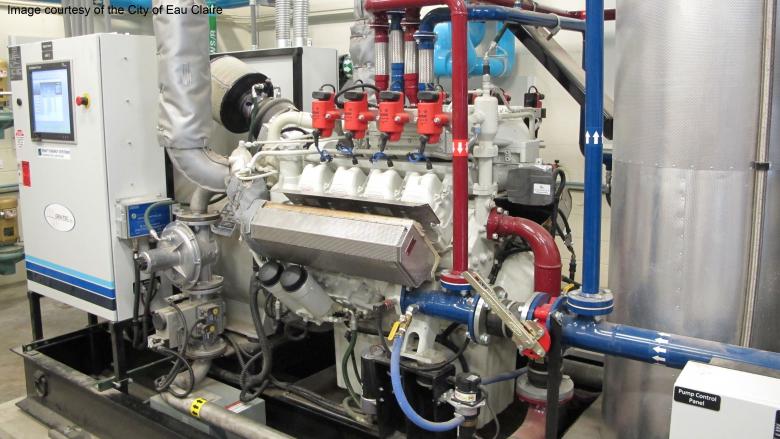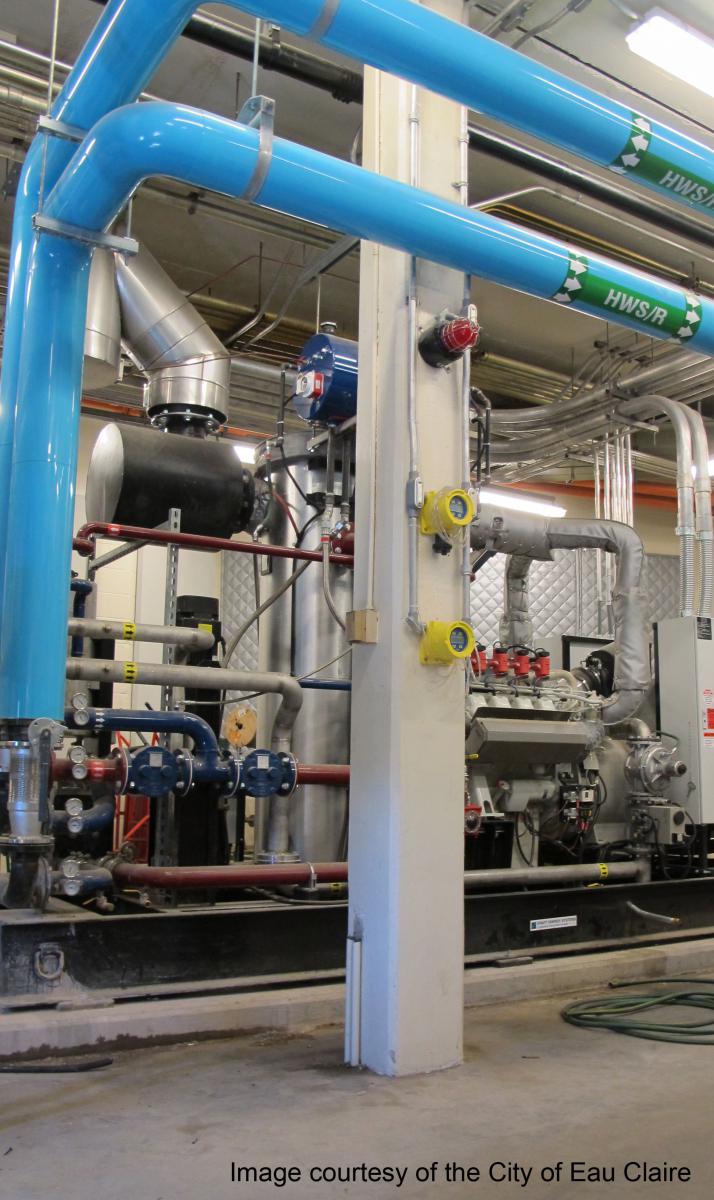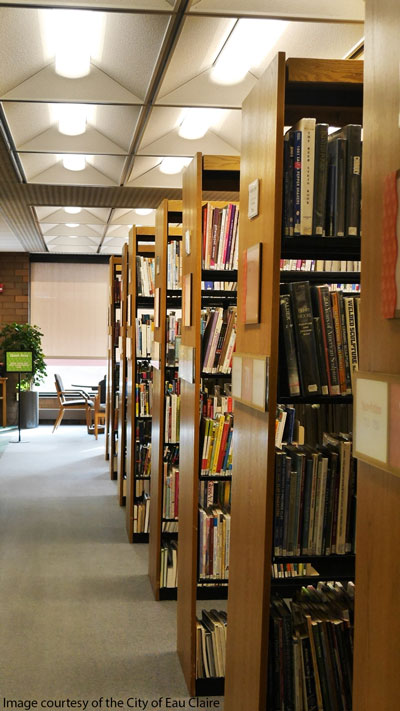
As major population centers and consumption hubs, cities are well positioned to lead in understanding energy demands, planning for future growth, and developing strategies to improve energy efficiency and decrease greenhouse gas emissions. The Department of Energy’s Office of Energy Efficiency and Renewable Energy notes that cities consume approximately 70% of global energy and are expected to house roughly 60% of the world’s population by 2030. By setting goals, establishing key partnerships, tracking data, and implementing plans to improve energy efficiency in its municipal operations, the City of Eau Claire has embarked on a path to address climate change.
Setting Goals & Planning
The City of Eau Claire had been working on energy strategies for several years, but it was not until 2010 when the City, in partnership with Eau Claire County and the City of Altoona, began to take a more comprehensive approach. Each community previously passed a goal to source 25% renewable energy by 2025. The then State Office of Independence awarded these three communities a planning grant that gave Eau Claire the resources to evaluate the City’s energy use, forecast growth and goals, and evaluate conservation, energy efficiency and renewable energy measures. Ever since, Eau Claire has been implementing projects listed in the energy action plan and tracking municipal operations energy data. This energy portfolio includes City-owned buildings, facilities, plants, streetlight and traffic lights, fleet and transit, and has helped them gain an understanding on how much energy is used and whether they are moving the needle towards cleaner energy, greater energy efficiency, and reduced greenhouse gas emissions.
Wastewater, Library & Lights
Tracking municipal energy data allows City staff to identify large energy users and opportunities to achieve significant reductions. Since sewage treatment accounts for about a quarter of the City’s energy use, this sector was identified as a sensible target to seek savings. The City’s recent $40 million wastewater treatment plant upgrade is one great example of how to increase energy efficiency while decreasing emissions. For decades the plant has been capturing methane and using it in two generators to offset some of the plant’s hot water and electricity needs. However, by replacing the old methane cover and generators with newer technology, they are seeing an increase in biogas capture. The new system is expected to offset 50% of the plant’s heating requirements. Further, treatment process improvements have led to a 95% decrease in effluent discharge of ammonia into the Chippewa River.

The City’s L.E. Phillips Memorial Public Library was also identified as a target for efficiency improvements. After installing a new chiller, light-emitting diodes (LEDs) and building envelope upgrades over the last few years, there has been a 32% decrease in greenhouse gas emissions, a 1.6% reduction in energy costs, and a reduction of 16% in energy use per square foot.
Moreover, the City is installing highly efficient LEDs on various street construction projects as well, along with previously replacing all traffic lights to LEDs.

Meeting Increasing Energy Demands
One challenge many communities face is population growth and the need to provide additional services and accommodate increasing energy demands. Mitigating energy use and cost is a key strategy in light of increased demand. This is no different than how power companies plan for and serve a growing market, while making their transition away from carbon-based fossil fuels. In fact, cities and power companies are natural partners. By working together, they can effectively work towards energy demand management strategies, plan delivery of transmission systems effectively to serve commercial and residential uses, retrofit street lighting, and increase local grid resiliency and distributed generation.
Renewable Energy & Efficiency
Transitioning to cleaner energy, the utility Xcel Energy already provides 25% renewable electricity on the grid to all customers in their Wisconsin service territory, allowing communities like Eau Claire who have pledged 25% renewable energy by 2025 to meet this goal. Xcel is also working with the City to reuse part of an abandoned, 26-acre, city-owned landfill for a community solar garden array. The site is conveniently located next to Xcel’s headquarters and close to area educational opportunities. This project will allow 1 MW of electricity to be placed on the grid that customers can subscribe to so as to offset their use of electricity at home or at their business. The City subscribed to 116 kW to 100% offset the electric use at its public swimming pool. Xcel is also replacing all 2,700 residential streetlights in the city to LEDs which is expected to save the City about 988,000 pounds of CO2 and $40,000 per year. To aid in planning efforts, Xcel makes community energy reports available so local jurisdictions can access energy data.
Tracking Progress
Building owners also have the opportunity to sync electricity and natural gas utility data with EPA’s online Energy Star Portfolio Manager®. The City currently monitors 130 properties in the manager. This free software helps by normalizing for weather, as well as providing an easy platform to analyze energy patterns and carbon emissions, set goals, and benchmark performance against peers.
The carbon footprint for the City of Eau Claire’s municipal operations in 2015 was 24,791 metric tons of carbon dioxide equivalent (CO2e). This represents a 1.6% decrease from 2013 and a 13.1% decrease from the baseline year, 2011.
Next Steps
Building on the municipal greenhouse gas inventory, Eau Claire plans to broaden the scope to compile a citywide inventory in order to better understand the emissions of the people who live and work in the community, and to undertake a climate action plan, which will contain mitigation and adaption recommendations for the community. They recognize that municipal and community cooperation is essential. Municipalities can lead the way in implementing new technologies and demonstration projects, reducing environmental impacts, and educating the public about opportunities to lessen their impacts. The broader community can then build on these efforts by implementing personal behavioral changes and business strategies. The City of Eau Claire’s leadership is already realizing significant impacts, while encouraging further action in their community.


